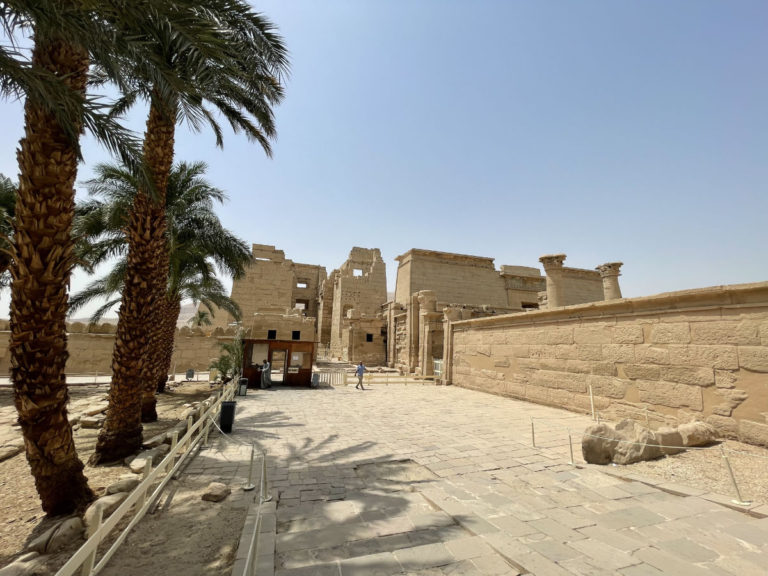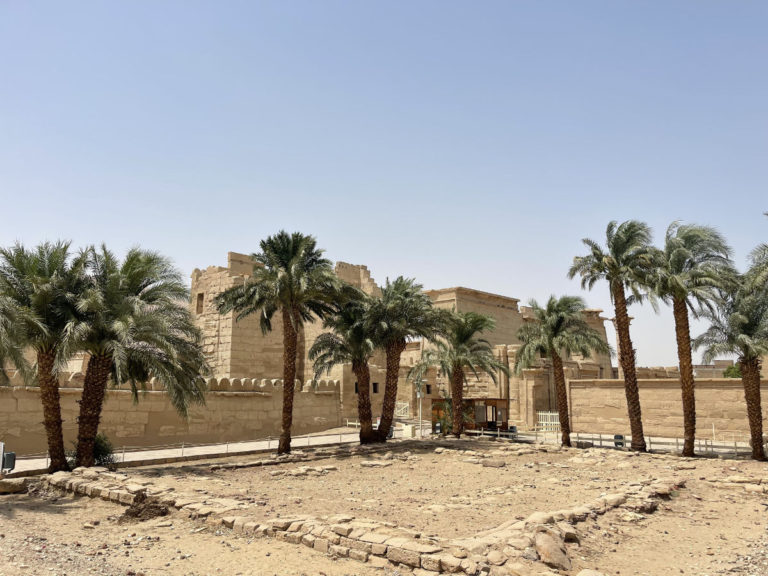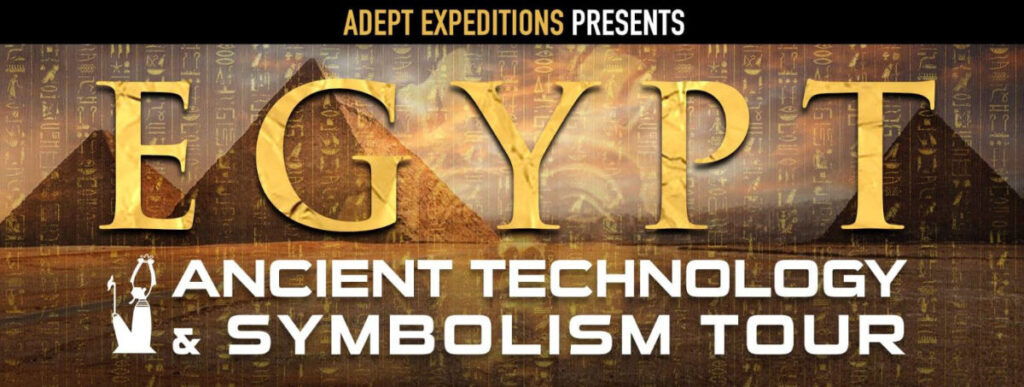
The most Complete Guide for visiting Medinet Habu

Medinet Habu
Medinet Habu is a town located on the west bank of the Nile, opposite Thebes, the city that was the administrative and economic center of the region for centuries and one of the first places associated with the god Amun, in the Theban region.
Its founder Ramses III wanted it to be – a second Karnak, of smaller dimensions (314 x 209 meters).
Medinet Habu is mainly made up of two temples, the Temple of Amun and the Mortuary Temple of Ramses III (20th dynasty, 1184-1153 B.C.E.), the latter is the most known and visited because it’s one of the best preserved temples from the New Kingdom era.
Interesting Facts
- Medinet Habu is the Arabic name and Dyamet was the Egyptian name.
- The Temple of Ramses III (Madinet Habu) is the most famous mortuary temple in Madinet Habu (20th dynasty, 1184-1153 B.C.E.), and is one of the best preserved temples from the New Kingdom era.
- The interior of the temple of Ramses III has more than 7000 square meters of decorated walls.
Medinet Habu is open daily from 6 a.m. to 5 p.m.
Adult tickets
40 Egyptian pounds
Student admission
20 Egyptian pounds
The best time to visit is first thing in the morning to avoid crowds of tourists and the heat.
The estimated tour time is approximately 1 hour.
Temple of Amun Video
(28:10 minutes)

Learn about Egypt and Luxor the Valey of the Kings Karnak Ramesseum the list goes on...
You shouldn't miss...
The Valley of the Kings
The Valley of the Kings
Karnak
Luxor Temple
More about Medinet Habu
The two main temples
Temple of Amun
Thutmose III and Hatshepsut, rulers of the XVIII dynasty, built a small temple dedicated to Amun that underwent many alterations and modifications over the years, during the XX, XXI, XXV, XXVI, XXIX, XXX dynasties and the Greco-Roman period.
Mortuary temple of Ramses III
Ramses III, pharaoh of the 20th dynasty, chose the area to build his great funerary temple. Designed following the classical canons, similar to the Ramesseum, it’s about one hundred and fifty meters long and is quite well preserved. Inside the enclosure, to the south, are the chapels of Amenirdis I, Shepenupet II, and Nitocris I, which had the title of Divine Adorers of Amun during the 25th dynasty. The complex was protected by an adobe wall, with a singular tower at the entrance to the enclosure.
Temple of Amun
Located in the village of Medinet Habu, the old Dyamet or Tyamet, is the Temple of the XVIII dynasty erected in honor of the god Amun. The original was built by Hatshepsut and Thutmose III but was modified and enlarged over 1,500 years.
The temple consisted of its own enclosure that was later included in the dependencies of the Temple of Ramses III. On its final floor, it opened with a Roman patio, the work of Antonino Pío, measuring 39.6 x 25.4 meters, built with demolition materials.
Next is the chapel of Nectanebo I decorated with scenes of offering and purification as well as the slaughter of prisoners. The next pylon, which gives access to the fourth patio, was built by Shabako.
The patio that joins the pylon with the temple consisted of 2 rows of 8 columns on each side and 2 doors of pink granite. Below were a series of rooms and a gallery. At the end is the sanctuary surrounded by 5 rooms.
Mortuary temple of Ramses III
The temple was built following the usual design principles of its time (except its access door) and consists of two pylons, two courtyards, and three hypostyle halls, as well as a canal that linked it with the Nile and was used to carry out the ritual processions in the boat of the god.
The temple complex of Ramses III has a strange entrance, as it’s built on the model of the citadels visited in the military campaigns that the empire carried out in Syria. The tower is in the form of a “migdol”, which is a type of fortified gate. The compound looks like a fortress as it was surrounded by a mud wall.
It’s considered one of the most beautiful funerary temples because it seems that the colors were applied just yesterday, in addition to the incredible bas-reliefs that decorate the outer walls of the temple.
The temple enclosure measures almost 210 meters by 300.
The interior of the temple of Ramses III has more than 7000 square meters of decorated walls.
Inside the enclosure, to the south, there are chapels dedicated to Amenardis I, Shepenupet II, and Nitocris I, all of them considered Divine worshipers of Amun. The first pylon leads to an open courtyard, bounded by colossal statues of Ramses III and Osiris on one side and by uncarved columns on the other.
The second pylon leads to a peristyle hall, also surrounded by columns in the shape of Ramses. The hall leads to a ramp that, through a columned portico, leads to the third pylon and then to another hall, which has lost its roof. Reliefs and royal heads of foreign prisoners have been found inside the temple, perhaps in an attempt to symbolize the king’s control over Syria and Nubia.
In Coptic times, there was a church within the temple structure, but it has since been removed. Some of the carvings on the main wall of the temple have been altered by Coptic carvings. The Royal Palace was directly connected to the first courtyard of the temple through the “Window of Apparitions”.
Download Luxor's Travel Guide from here:

Available on Apple Books, Kindle and Google Play Books.











